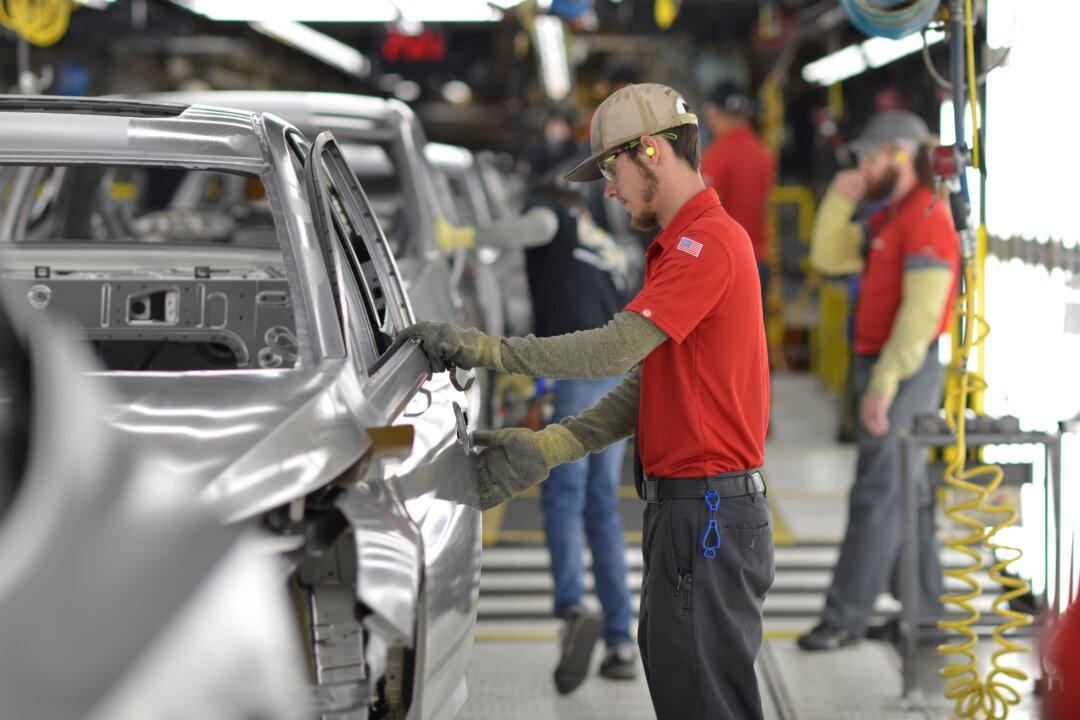American manufacturing grew at a slower pace in June, but not as slow as economists predicted.
The Institute for Supply Management (ISM) said its index of national factory activity dropped to 51.7 in June, the lowest reading since October 2016, from 52.1 in May. A reading above 50 indicates expansion in the manufacturing sector, which accounts for about 12 percent of the U.S. economy.





